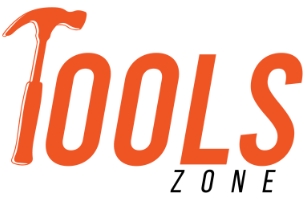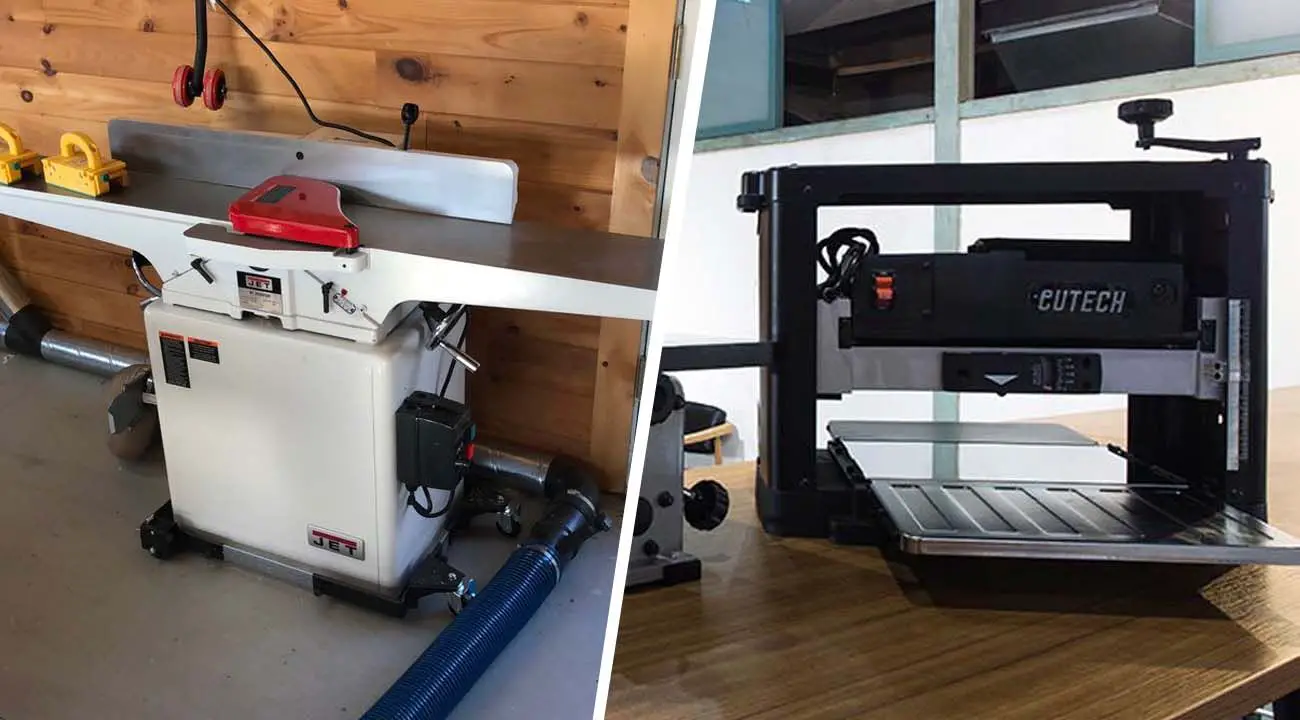Table of Contents
There has been a misconception among beginner woodworkers about the differences between a joiner and a planer. That is because these tools look kind of similar and both work the same way by straightening the planks. Often people want to keep one of them for multipurpose to reduce their costs. In this article, we will dig into the facts to explain their key differences so that you can understand their specific use and pick the perfect one to finish your professional work perfectly.
Jointer vs Planer: How Do They Work?
While making furniture, you will need wooden planks with flat surfaces so that they are smooth enough for you to join them piece by piece while keeping the flatness constant. To do the job, you can either use a joiner or a planer. Let’s start this article by discussing their basic design first.
A jointer is a large table equipped with a round spinning cutter head and a side fence. When you place a plank on the table, it stays on top of the cutter head. Then with high-speed revolutions per minute, the cutter head makes the uneven surface of the plank even. But you have to push the plank carefully and apply a constant amount of pressure to keep the same smoothness. With the help of the fence, the jointer allows you to make one side of the plank cut in a perfect perpendicular shape relative to the face of the plank. Then you can make the face flat too from the reference of the flat side.
On the other hand, a planer is smaller and narrower than a joiner. You have to put a plank with at least one flat surface in the planer. There is a flatbed inside the planer to keep your plank steady. This time you will find a cutter head above the plank rotating at faster revolutions. With the help of the flatbed, the planer will read the flat surface of the plank as a reference face and it will straighten the other rough face of the plank. Hence, you will get two perfectly flat parallel faces. Note that the planer only works with the surface area rather than the side edges.
Jointer vs Planer: Key Difference
Now you may wonder, if the jointer can make one face and one side of the plank smooth following a perpendicular position, why don’t we make the other face and side smooth as well? Here is your answer. The joiner will make the other side even as well. But you cannot guarantee the faces and sides will be exactly parallel to each other.
There will be a slight difference in measurement. As for the planer, it always wants to deliver planks with the right measurement, but it can only straighten a face by the reference of another flat face. So you cannot use it to straighten all the faces of your plank directly. And keep in mind, you cannot flatten the side of the plank due to the limited form factor of a planer.
Jointer vs Planer: Which One Is More Important?
Depending on your needs and tasks, you can prefer to have one over the other. But for a workstation, both of these tools are important to have. The best way to use them is side by side. You can use the jointer to smooth out one side of the plank. Then you can proceed to get the exact same level of smoothness on the other side if you run it through a planer. This way you will get a plank that is uniformly smooth on both sides.
With that being said, we have reached the end of this article. Hope it was helpful in providing you with some context about the differences between a jointer and a planer and how each of them works. If you have the funds, then we would suggest you invest in both of them. Otherwise, you can choose either depending on your requirements.










Leave a Comment